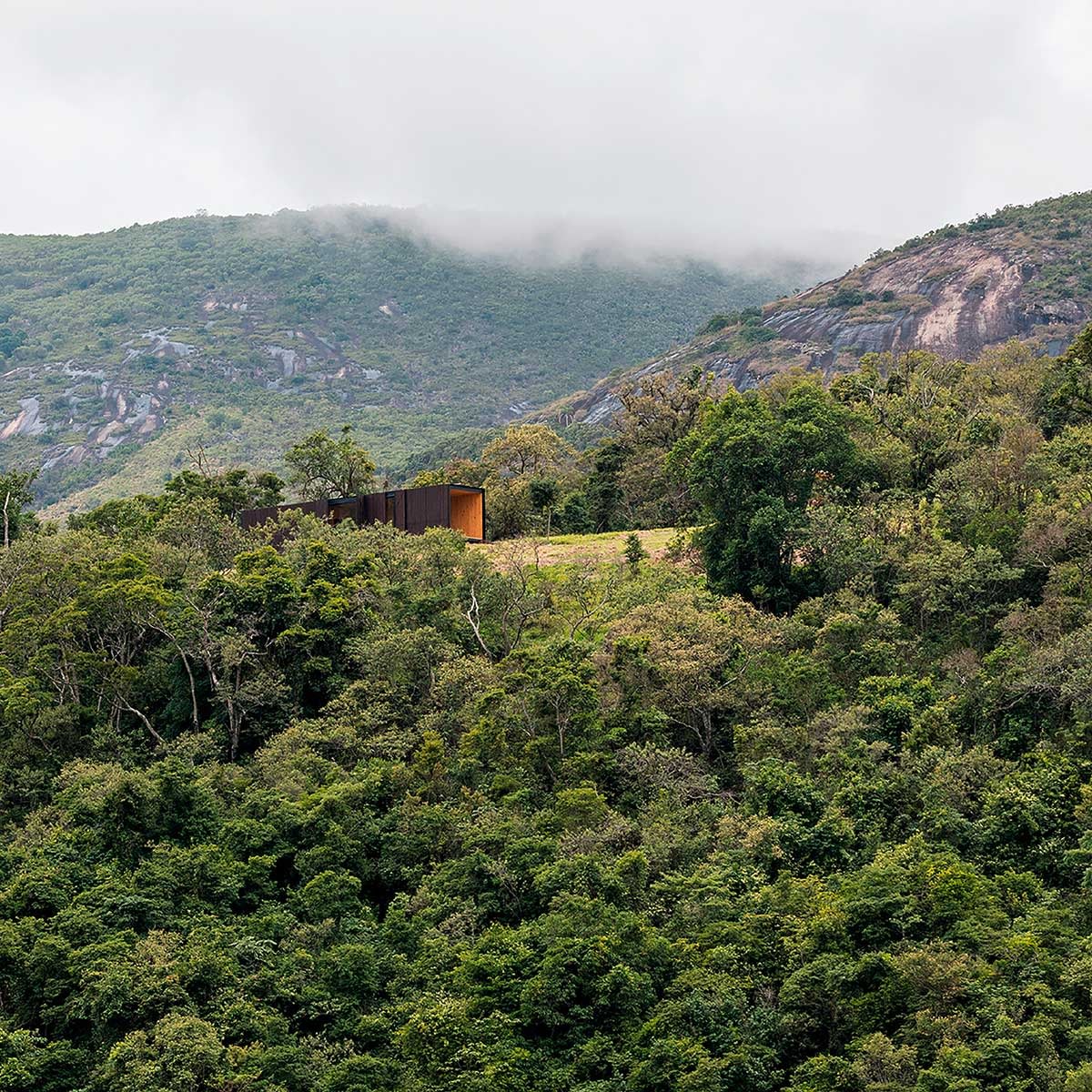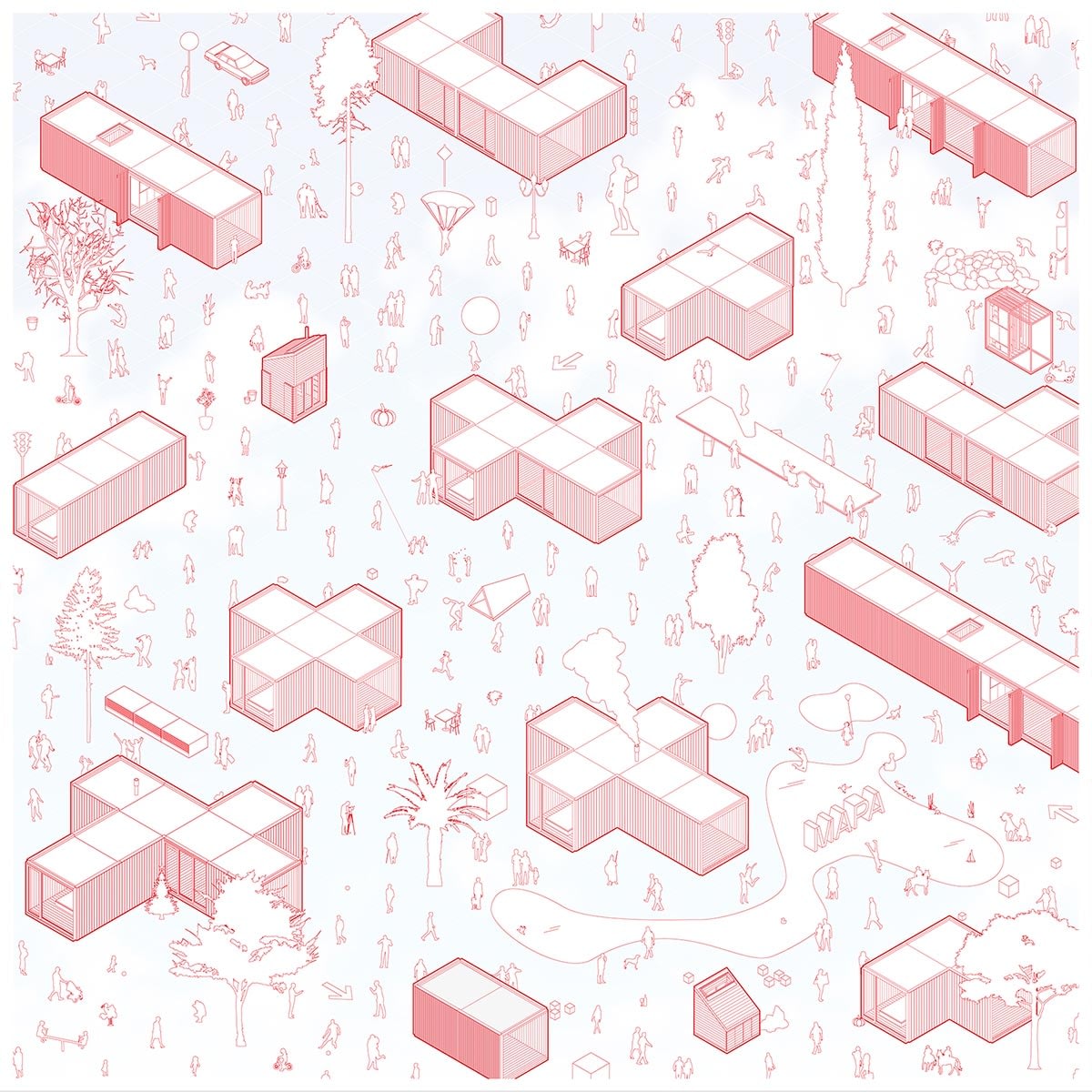Thu 15 Sep
15:50
MAPA, Los Angeles / Berlin / Porto Alegre / Montevideo
Minimod – Ways of Prefab-ing
Ways of Prefab-ing is an ongoing editorial project developed by the creative studio MAPA through its cultural initiative INST — a place for transdisciplinary research and collaborative experimentation on new media and types of communication in architecture. With Ways of Prefab-ing, MAPA reviews its practice by revisiting some of its built work through the lens of the self-coined concept of prefab-ing.
Contrary to the term prefabrication, the neologism prefab-ing express the continuity of the act. Prefab-ing refers to a renewed, curious and responsive way of linking technology to the environment. This approach is a deliberate response to the Latin American context, where the limitations of the construction industry make in-situ construction predominate, and it does not seek a single solution, but the most appropriate one for each situation, industry, person, climate, or geography. Prefab-ing is a “state of willingness” to think and produce based on prefabricated systems without following the logic of repetition and standardization commonly associated with it. After all, “no constructive system limits the imagination”.
One radical approach in this context is the conception of MINIMOD, a family of minimal prefab, modular, customizable, plug & play shelters. Using the accumulated data from the last twelve years of investigation, Ways of Prefabing MINIMOD depicts the project as a continuous obsessive research of MAPA on prefab systems linked to remote landscapes. Despite its apparent small scale, the project would trigger various essential elements that later would become the foundation for other projects of the studio, ranging from design concepts to the engagement in new constructive systems.
Starting from the initial studies for the first self-financed prototype built by the studio, the report arranges the creative process in chronological order and highlights the milestones in family of devices development until its current status. Through the data analysis (more specifically, a careful selection of 740 images from nearly 19,000 files), it is possible to notice permanences, evolutions, ruptures, turning points, and the opening of new ranges in the studio’s explorations. MINIMOD becomes the backbone for going through the main themes present in MAPA’s production: the investigations on the relationship between nature and technology (for instance, the concept of Landscape as an attitude), the design approach based on industry constraints and on the assembly and transportation of modules, the tropical experience building in cross-laminated timber, the lapidation of the system and its ramification into new products. Seeing how MINIMOD has channeled interests that have spilled over into other researches and projects shows us that the project is, above all, a dispositive of ideas, desires and practices. It allows both the natural evolution of the open-ended system and the enrichment of the studio’s design tools.
Sharing and presenting MINIMOD is an excuse to underline the core concepts of MAPA’s work and to engage in an exchange with people interested in the design approach it investigates. The system is a dispositive to start a reflection on the studio’s own experiences and to expand them towards other practices, places, and fields of action.

© MAPA

© MAPA
MAPA
MAPA is a creative studio whose field of action is architecture. It is a practice focused on creating new material, digital, natural, and cultural realities in a sensitive and ground-breaking manner.
The studio works on projects and constructions of diverse scale and complexities across several countries. The practice has been exploring subjects linked with prefabrication and landscape through projects, constructions, prototypes, workshops, theoretical inquiries, and exhibitions.
MAPA’s projects have been recognized on awards such as Premio da Associação Paulista dos Críticos de Artes, Interior Design Magazine Best of the Year Award, the Dezeen Award, the IX and X editions of the Iberoamerican Biennial of Architecture and Urbanism, and the Mies Crown Hall Americas Prize of the IIT College of Architecture.
MAPA has been published on TIME Magazine, Financial Times, Casabella, Wallpaper*, Dwell, Interior Design, Azure, Wired, Elle, Arquitectura Viva, Casa Vogue, and editorials such as Taschen, Thames & Hudson, Gestalten, and Arquine, among others.